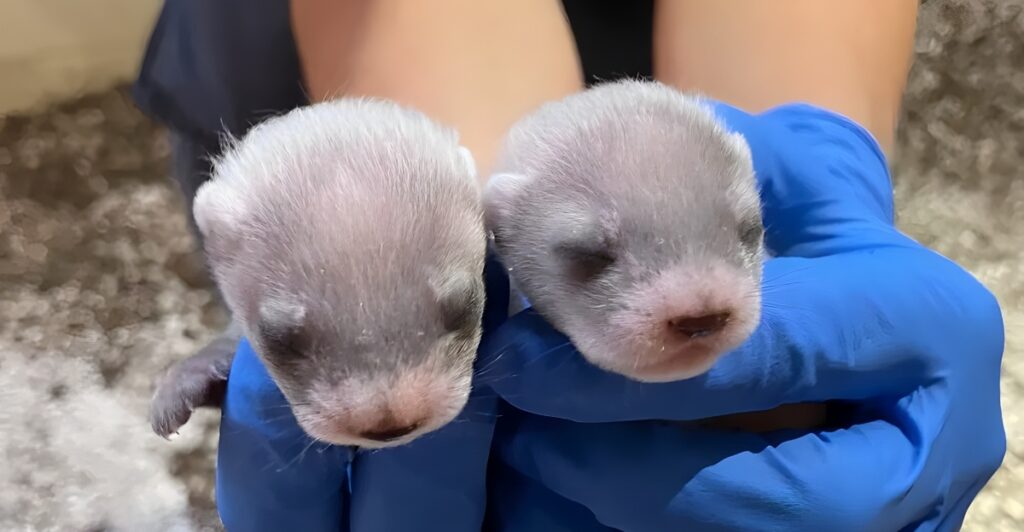
A scientific breakthrough in wildlife conservation has brought hope for one of North America’s most endangered species, the black-footed ferret. A cloned ferret called Antonia gave birth to three kits, marking the first time a cloned endangered animal in the US has reproduced naturally. With only about 370 wild ferrets remaining, this development has profound implications for species recovery and genetic diversity.
Antonia’s Remarkable Story
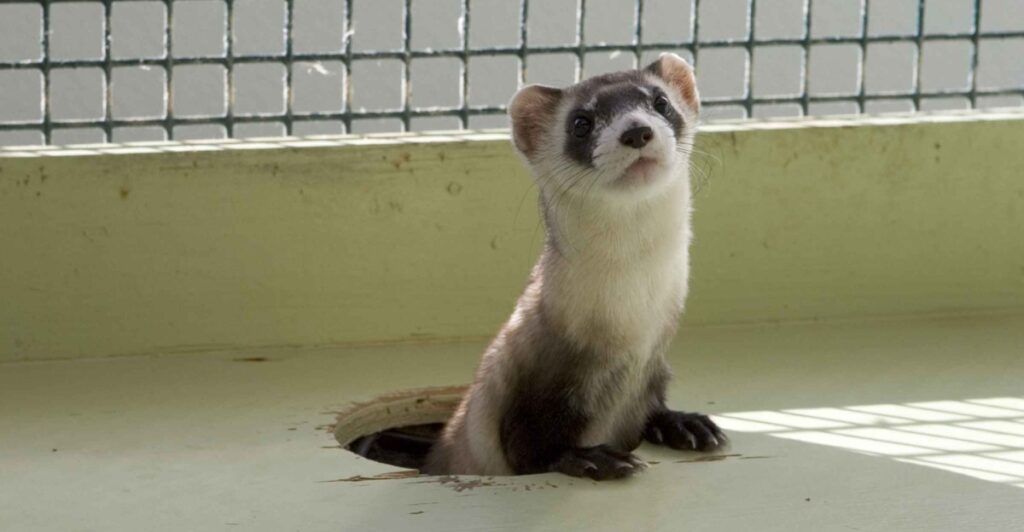
Antonia was born through cloning in 2023, using DNA from a black-footed ferret named Willa, who died in 1998. Willa’s genetic material was preserved in the San Diego Zoo’s Frozen Zoo, a repository of endangered species DNA. This effort aimed to counteract the genetic bottleneck faced by wild ferrets, all descended from just seven individuals. Antonia represents a direct link to a more genetically diverse past, bridging decades to restore lost traits. Her existence alone signaled hope, but her ability to reproduce has cemented her role in conservation history.
A Historic Birth
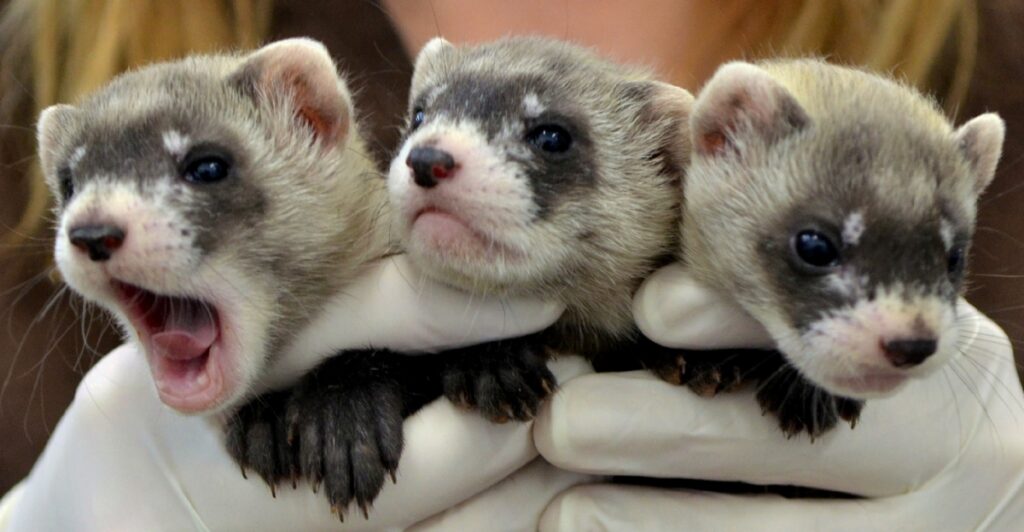
In June 2024, Antonia gave birth to three kits—an event hailed as a breakthrough in conservation science. This milestone was the result of meticulous planning by scientists, who paired her with a healthy male ferret. The survival of two kits, named Red Cloud and Sibert, shows the viability of using cloned animals for breeding. This birth marks the first time that cloning has directly contributed to an endangered species’ reproductive efforts, reshaping what’s possible for conservation strategies.
Why Genetic Diversity Matters
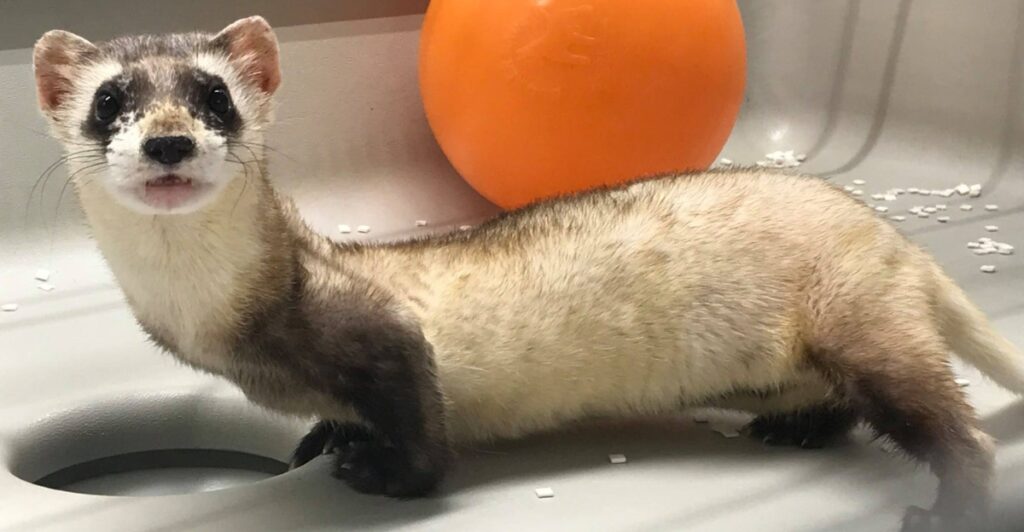
For black-footed ferrets, genetic diversity isn’t just a luxury; it’s a lifeline. Habitat destruction and disease have pushed this species to the brink, leaving its gene pool dangerously limited. Antonia’s DNA, sourced from Willa, holds three times the genetic variety of the current population. By integrating her offspring into breeding programs, scientists hope to fortify the ferret population against future challenges. Without such efforts, the risk of inbreeding and disease susceptibility would remain critical threats to the species’ survival.
The Science Behind the Cloning
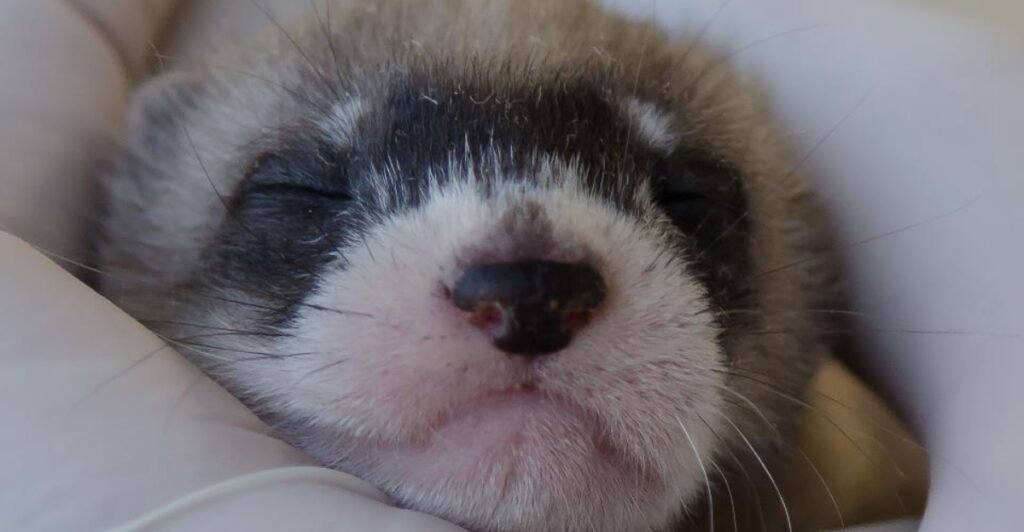
Antonia’s creation was no ordinary feat. Scientists extracted Willa’s frozen cells, using advanced cloning techniques to bring her genes back to life. The procedure involved transferring Willa’s genetic material into an egg cell, which was implanted into a surrogate. Antonia was born healthy and thriving, proving the feasibility of this method for conservation. This technique opens doors for rescuing other endangered species, allowing biologists to recover lost traits and expand genetic options for struggling populations.
A Multi-Organization Effort
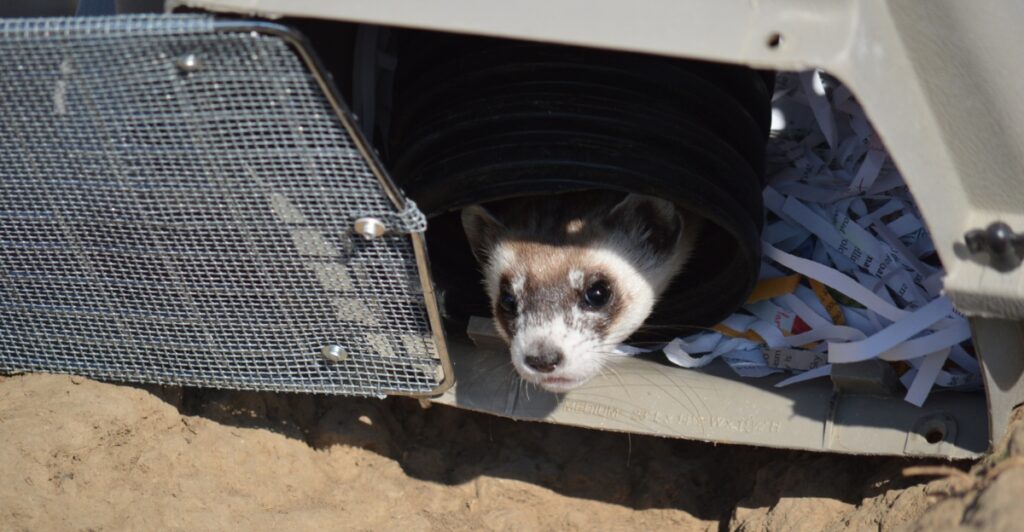
Antonia’s journey was made possible through collaboration between multiple organizations. The US Fish and Wildlife Service, nonprofit Revive & Restore, and the Smithsonian’s National Zoo joined forces with other partners to achieve this milestone. From cloning technology to habitat management, each group brough unique expertise. This cooperative approach highlights the complexity of species recovery, demonstrating how partnerships can unite scientific innovation with conservation goals. Such teamwork serves as a model for addressing global biodiversity challenges.
The Kits as a Symbol of Hope
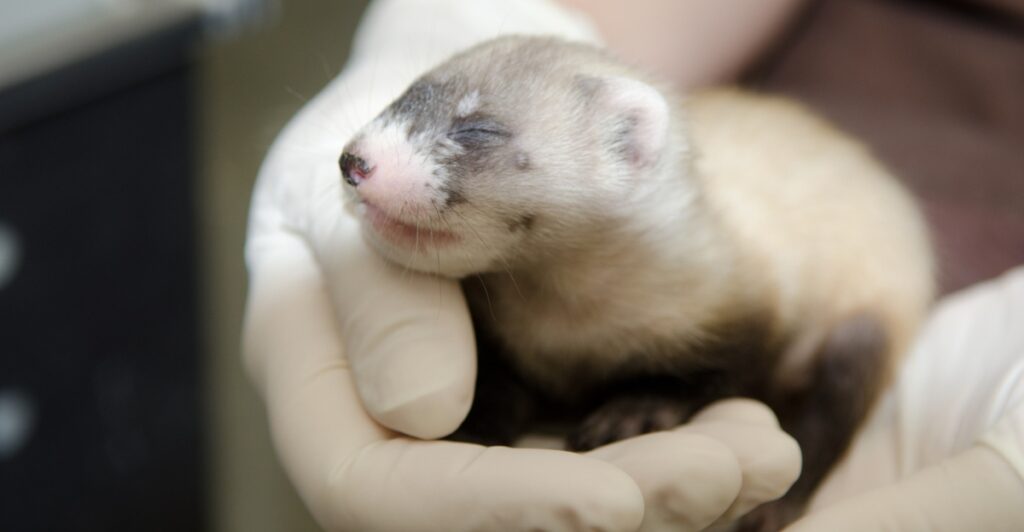
The birth of Antonia’s kits is more than a scientific achievement; it’s a beacon of hope for endangered species worldwide. Two of her three offspring, Red Cloud and Sibert, are thriving and developing normally. They represent the potential to reintroduce genetic diversity into the broader ferret population. Their survival illustrates the power of modern cloning technology as a conservation tool, proving that it can yield real, living results that strengthen species in critical ways.
Cloning’s Broader Implications
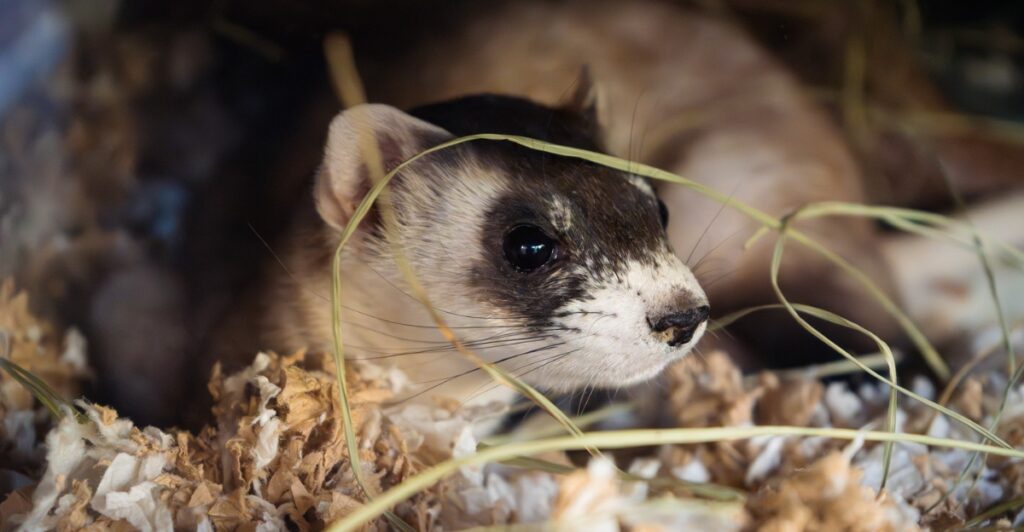
While cloning has long been seen as controversial, Antonia’s case demonstrates its transformative potential for conservation. By reviving genetic material from decades past, scientists can restore lost diversity in other endangered animals, such as rhinos. This approach complements traditional conservation strategies like habitat preservation and breeding programs. It’s not a substitute for protecting ecosystems but rather an additional tool to help species on the brink recover.
The Challenges Facing Black-Footed Ferrets
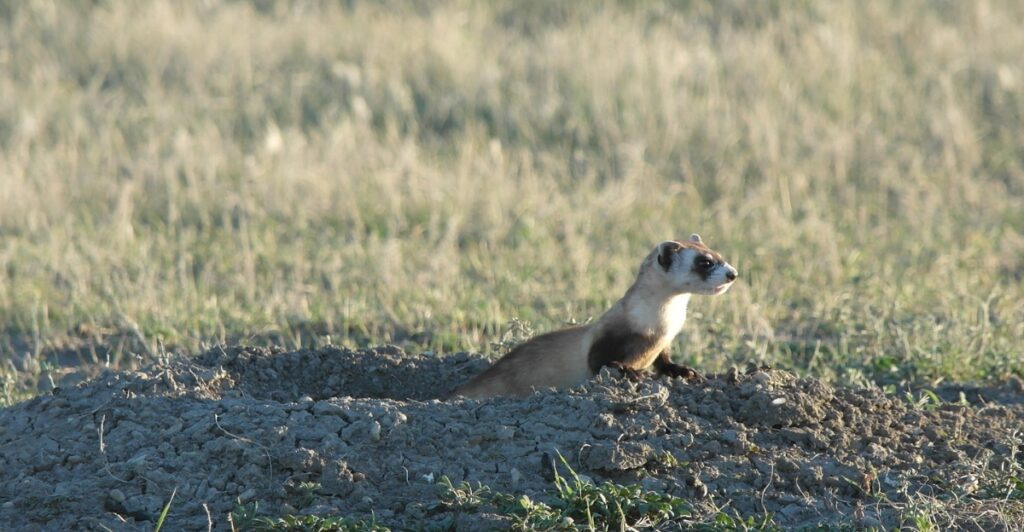
Black-footed ferrets face a precarious future, with only about 370 individuals remaining in the wild. Habitat loss from agriculture and urban development has decimated their range, while diseases like sylvatic plague pose ongoing threats. Conservationists have worked tirelessly to reintroduce ferrets into protected areas, but the population’s lack of genetic diversity remains a hurdle. Efforts like Antonia’s cloning are vital for addressing these challenges, offering a lifeline to one of North America’s most endangered mammals.
Why This Breakthrough Matters Globally
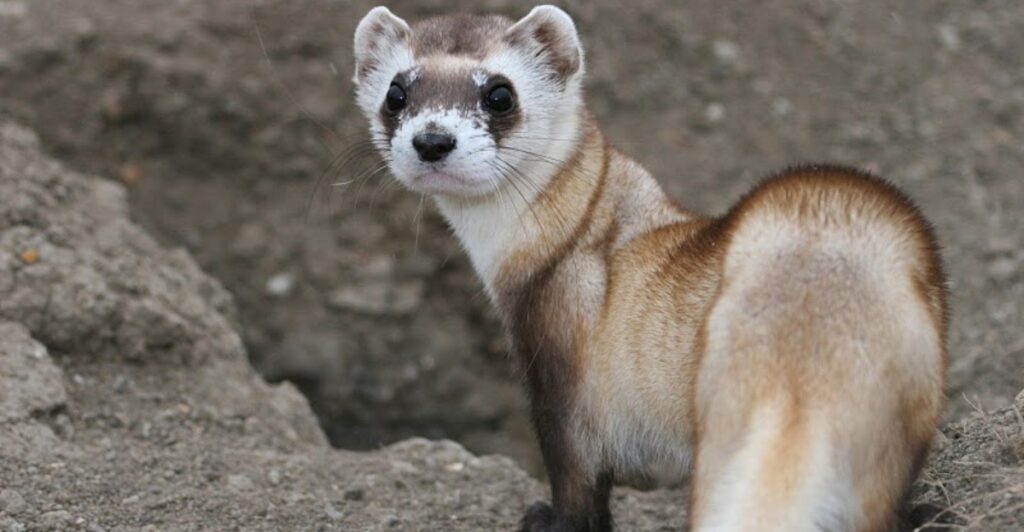
Antonia’s success has significance far beyond black-footed ferrets. It demonstrates the potential of biotechnology to save species that would otherwise vanish. As biodiversity declines worldwide, innovative approaches are becoming increasingly necessary. Antonia’s cloning story inspires hope for other conservation efforts, proving that science and simple determination can make a tangible difference. This breakthrough sets a precedent for how humans can use technology responsibly to protect the natural world.
Ethics and Cloning in Conservation
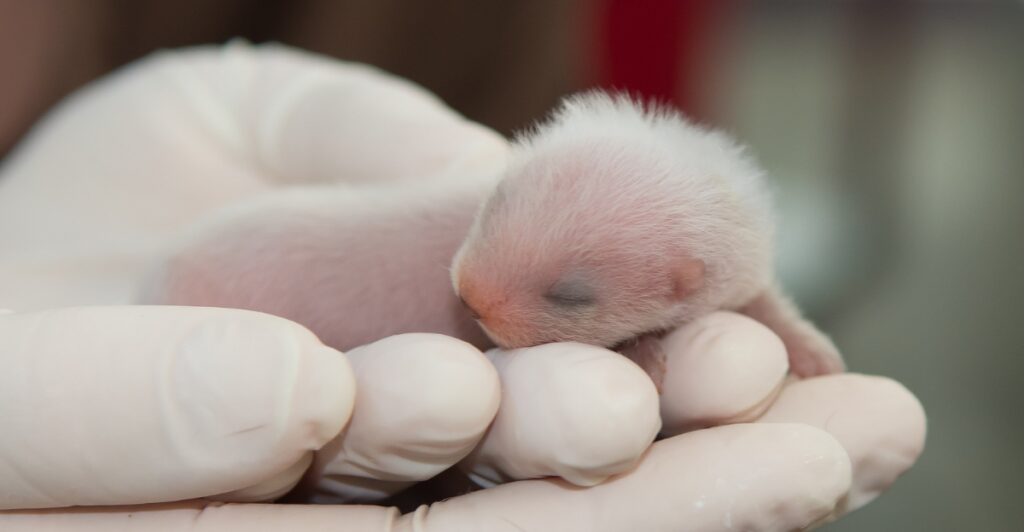
Cloning endangered animals raises important ethical questions. Critics argue that focusing on genetics might overshadow the need to preserve habitats and address the root causes of extinction. Supporters, however, view cloning as a complementary tool rather than a replacement for traditional conservation. By reviving genetic diversity, cloning helps buy time for broader efforts to restore ecosystems. Antonia’s case illustrates how careful, ethical use of biotechnology can enhance—not detract from—long-term species recovery.
The Future for Antonia and Her Kits
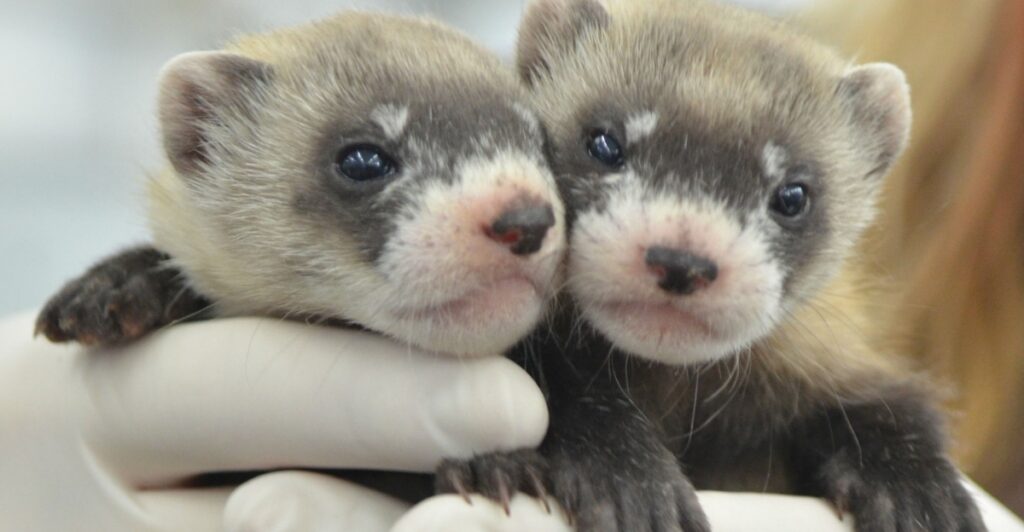
Antonia and her offspring will remain under the care of the Smithsonian’s National Zoo for the foreseeable future. Scientists will study their development to better understand how cloned genes impact overall population health. While there are no immediate plans to release them into the wild, their genetic contributions are already reshaping the species’ recovery. This careful approach ensures that every step taken supports the broader goal of long-term ferret survival.
A Defining Moment for Conservation
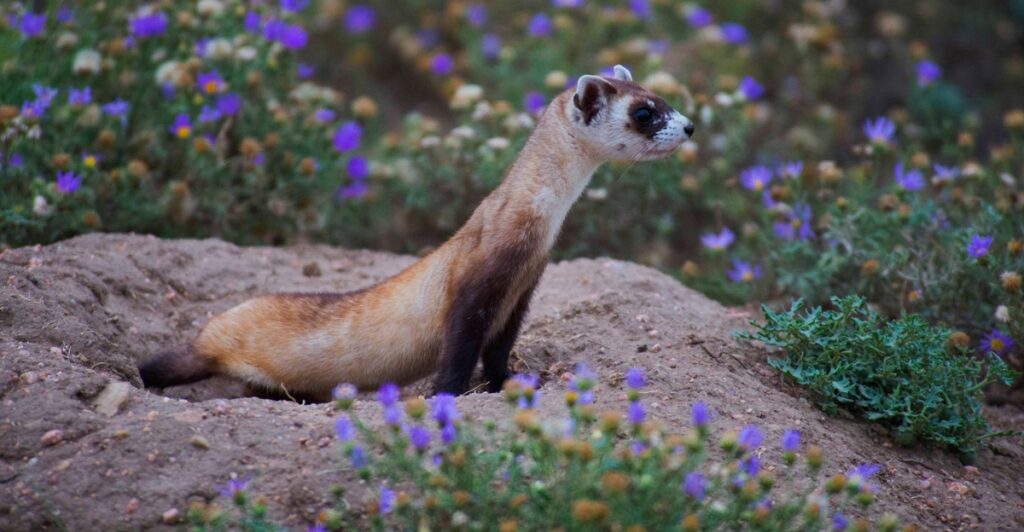
The story of Antonia marks a turning point in wildlife conservation. Her ability to reproduce is evidence of the tangible benefits of cloning for endangered species. More importantly, it highlights the potential for human ingenuity to counteract biodiversity loss. By integrating science, collaboration, and determination, this achievement offers a blueprint for future efforts to save Earth’s most vulnerable species. Antonia and her kits are living proof of what’s possible when we act decisively to protect life on our planet.
Resources:
Smithsonian Magazine: A Cloned Ferret Has Given Birth for the First Time in History, Marking a Win for Her Endangered Species
U.S. Fish & Wildlife Service: Innovative Cloning Advancements for Black-footed Ferret Conservation
Stay connected with us for more stories like this! Follow us to get the latest updates or hit the Follow button at the top of this article, and let us know what you think by leaving your feedback below. We’d love to hear from you!







